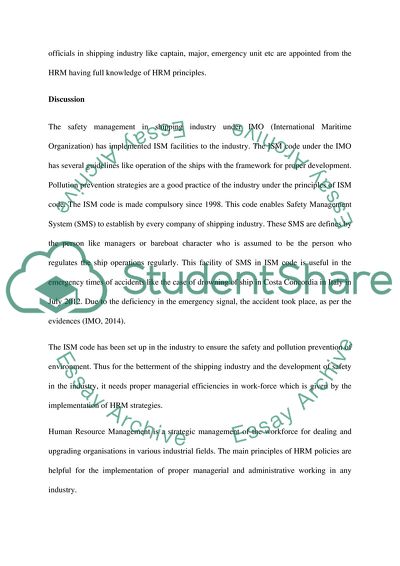Cite this document
(“ISM Code, Costa Concordia capsize Essay Example | Topics and Well Written Essays - 3000 words”, n.d.)
ISM Code, Costa Concordia capsize Essay Example | Topics and Well Written Essays - 3000 words. Retrieved from https://studentshare.org/human-resources/1654861-ism-code-costa-concordia-capsize
ISM Code, Costa Concordia capsize Essay Example | Topics and Well Written Essays - 3000 words. Retrieved from https://studentshare.org/human-resources/1654861-ism-code-costa-concordia-capsize
(ISM Code, Costa Concordia Capsize Essay Example | Topics and Well Written Essays - 3000 Words)
ISM Code, Costa Concordia Capsize Essay Example | Topics and Well Written Essays - 3000 Words. https://studentshare.org/human-resources/1654861-ism-code-costa-concordia-capsize.
ISM Code, Costa Concordia Capsize Essay Example | Topics and Well Written Essays - 3000 Words. https://studentshare.org/human-resources/1654861-ism-code-costa-concordia-capsize.
“ISM Code, Costa Concordia Capsize Essay Example | Topics and Well Written Essays - 3000 Words”, n.d. https://studentshare.org/human-resources/1654861-ism-code-costa-concordia-capsize.


